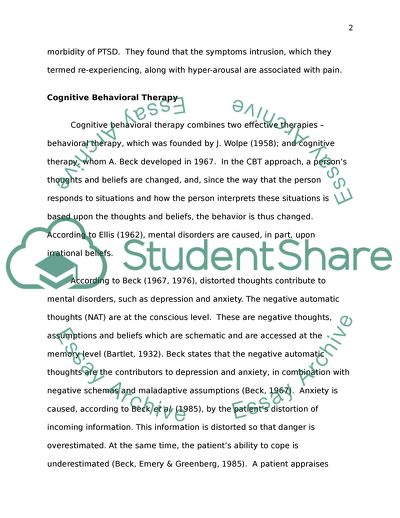Cite this document
(Pharmacological vs Psychotherapeutic Approaches to PTSD Coursework Example | Topics and Well Written Essays - 1500 words - 1, n.d.)
Pharmacological vs Psychotherapeutic Approaches to PTSD Coursework Example | Topics and Well Written Essays - 1500 words - 1. https://studentshare.org/psychology/1788187-post-trauma-stress-disorder-ptsd-psychotherapy-vs-medication
Pharmacological vs Psychotherapeutic Approaches to PTSD Coursework Example | Topics and Well Written Essays - 1500 words - 1. https://studentshare.org/psychology/1788187-post-trauma-stress-disorder-ptsd-psychotherapy-vs-medication
(Pharmacological Vs Psychotherapeutic Approaches to PTSD Coursework Example | Topics and Well Written Essays - 1500 Words - 1)
Pharmacological Vs Psychotherapeutic Approaches to PTSD Coursework Example | Topics and Well Written Essays - 1500 Words - 1. https://studentshare.org/psychology/1788187-post-trauma-stress-disorder-ptsd-psychotherapy-vs-medication.
Pharmacological Vs Psychotherapeutic Approaches to PTSD Coursework Example | Topics and Well Written Essays - 1500 Words - 1. https://studentshare.org/psychology/1788187-post-trauma-stress-disorder-ptsd-psychotherapy-vs-medication.
“Pharmacological Vs Psychotherapeutic Approaches to PTSD Coursework Example | Topics and Well Written Essays - 1500 Words - 1”. https://studentshare.org/psychology/1788187-post-trauma-stress-disorder-ptsd-psychotherapy-vs-medication.


